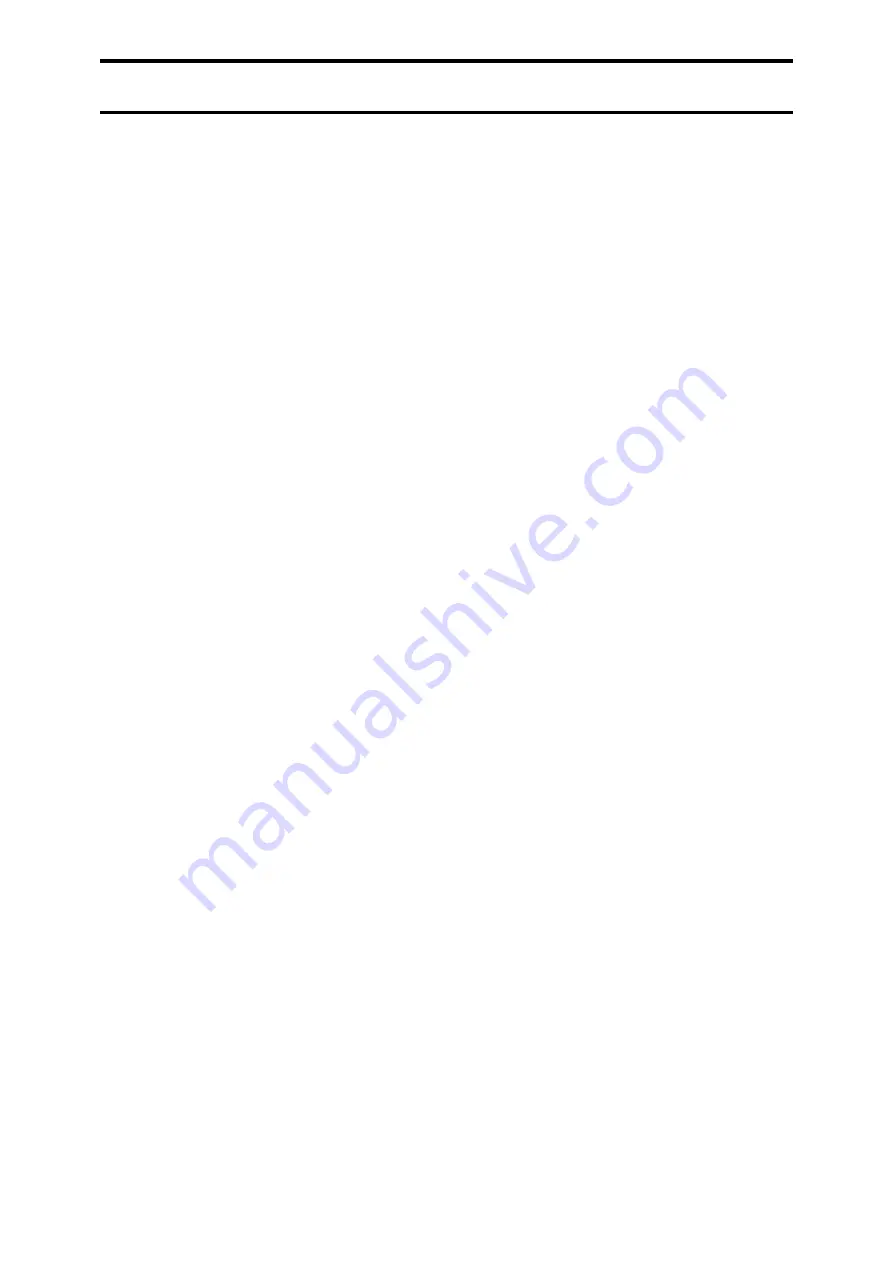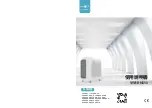
5.0 MAINTENANCE
could indicate potential imminent breakdowns. Essential system parameters
includes discharge head pressure, saturated suction pressure, superheated suction
temperature, superheated discharge temperature, liquid line temperature, pressure
drop across condenser, condenser inlet and outlet temperatures, compressor(s)
running amperes and incoming voltage. If any of these essential system
parameters are out of range, shut down the unit, determine causes of malfunction
or faults and take remedial actions. See Troubleshooting Guide.
3.) Lubricate blower fan bearings and check and adjust belt tensions.
4.) Carry out periodic maintenance on auxiliary equipment and fittings such as
condenser water pumps, cooling tower, stop valves, control valves, strainers,
remote mounted starter panel (main switchboards) etc. Refer to manufacturers of
these auxiliary equipment and fittings for their recommended maintenance
procedures and frequency.
5.2.3 ANNUAL INSPECTION AND MAINTENANCE
1.) Repeat ( 1.), ( 2.), ( 3.) and ( 4.) for 3 monthly inspection and maintenance.
2.) Remove end water box for each condenser opposite the header end and brush
cleaned the condenser. Refer Vessel Maintenance.
3.) Clean the complete cooling tower, flush the condenser-cooling tower water
circuit, fill up with clean water, purge the circuit of "air-locks" and apply
appropriate water treatment.
5.3 CONDENSER MAINTENANCE
5.3.1 GENERAL
The efficient performance of the condenser heat transfer surfaces is essential for
efficient performance of your packaged water-cooling machine. If these surfaces
accumulate a film of dirt, scale or slime, their performance efficiency will degrade
substantially. The refrigerant side of heat transfer surfaces does not foul, since
refrigerant is a good solvent and it is in a closed, filtered cycle. Water side surfaces
can foul from the water system. A program of water treatment can reduce the rate of
fouling on heat transfer, but not eliminate it.
5.3.2 CONDENSER CLEANING
The effects of fouling can be detected by recording full load performance data on the
log sheet. If the difference between the saturated condensing temperatures and the
leaving condenser water temperature is 2° greater than the difference recorded at clean
conditions, then the tubes should be cleaned. It is generally advisable to clean the
condenser waterside surfaces annually and more often if severely foul water is used.








































